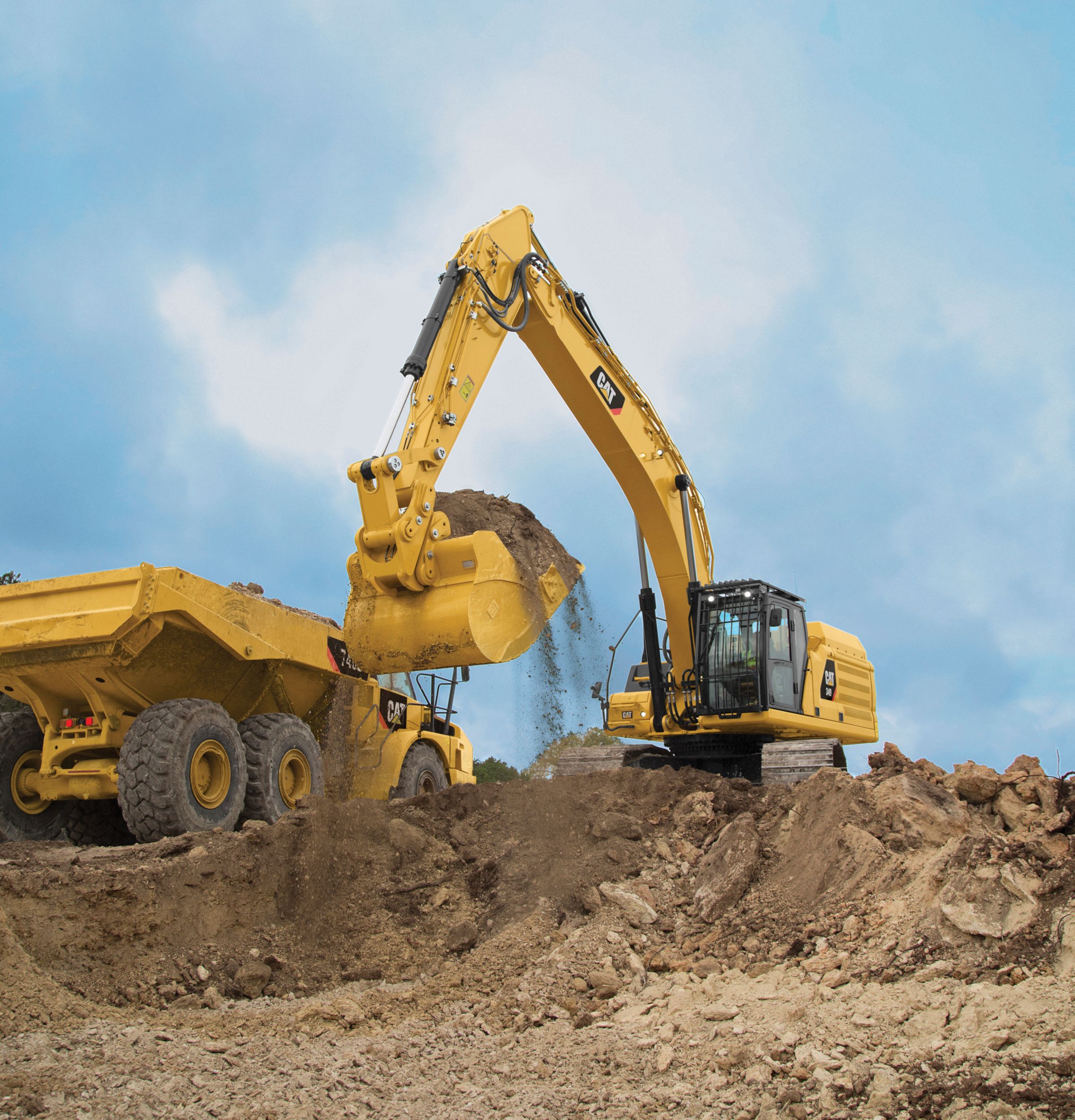Scissor Lift Rental: Safe and Reliable Solutions
Scissor Lift Rental: Safe and Reliable Solutions
Blog Article
Renting Out Vs. Acquiring Building And Construction Tools: Making the Right Selection for Your Task
When getting started on a building and construction job, one of the crucial choices that predict managers and stakeholders face is whether to lease or get building devices. The choice pivots on various variables such as expense considerations, job period, equipment upkeep, risk, scalability, and versatility monitoring.
Cost Factors To Consider
When evaluating the economic aspect of leasing versus buying construction devices, the in advance expenses and long-lasting expenditures have to be thoroughly thought about. Renting tools usually requires lower first settlements contrasted to purchasing, making it an eye-catching alternative for temporary jobs or specialists with budget restrictions. Renting removes the need for huge resources investments and minimizes the financial danger connected with devices ownership, such as maintenance and depreciation expenses. Nonetheless, in the lengthy run, continually renting out tools can build up greater prices than acquiring, especially for extended jobs.
On the other hand, getting building and construction devices entails greater ahead of time prices yet can result in lasting savings, particularly for constant individuals or lasting jobs. Inevitably, the decision between purchasing and renting out building devices pivots on the project's duration, frequency of use, spending plan factors to consider, and long-term economic objectives.
Task Duration

Conversely, for long-lasting projects or ongoing building and construction job, acquiring equipment might be the a lot more cost-effective alternative. Investing in tools can cause cost savings over time, specifically if the tools will certainly be regularly used. Furthermore, owning devices provides a sense of control over its accessibility and permits modification to fit specific job needs.

Tools Maintenance
Provided the essential duty job duration plays in determining one of the most cost-effective technique in between renting out and purchasing building devices, the emphasis currently moves in the direction of examining the crucial facet of tools maintenance. Correct upkeep is critical for making certain the ideal efficiency and long life of building equipment. Renting out devices often comes with the advantage of having actually properly maintained machinery supplied by the rental business. This can minimize the worry of upkeep tasks from the job owner or professional, saving effort and time. On the other hand, owning devices requires an aggressive approach to upkeep to avoid malfunctions, make sure security, and expand the equipment's lifespan. Routine evaluations, maintenance, and timely repair services are required to keep owned tools in top working condition. Consider maintenance expenses when making a decision in between leasing and buying, as ignoring upkeep can cause hard hat construction expensive repair work, downtime, and project hold-ups. Ultimately, a properly maintained building equipment fleet, whether leased or had, is crucial for the efficient and successful conclusion of construction jobs.
Flexibility and Scalability
In the world of building equipment management, the aspect of flexibility and scalability holds substantial relevance for project performance and source utilization. Choosing to lease building and construction equipment provides a high level of versatility as it allows for the quick modification of devices types and amounts based on the evolving needs of a task.
Leasing construction equipment supplies the advantage of quickly scaling procedures up or down as project advice needs vary. Contractors can swiftly include or trade tools to match the task's transforming needs without the restrictions of having assets that might become underutilized or outdated.
Threat Management
Reliable threat monitoring in building devices operations is critical to making sure task success and mitigating prospective financial losses. Building projects naturally entail various threats, such as equipment failures, accidents, and project hold-ups, which can substantially impact the project timeline and budget. By thoroughly thinking about the threats connected with owning or renting out building tools, task supervisors can make enlightened decisions to lessen these prospective dangers.
Leasing building and construction equipment can provide a level of danger mitigation by moving the obligation of upkeep and fixings to the rental business. This can lower the monetary burden on the project proprietor in instance of unanticipated devices failings (boom lift rental). In addition, renting offers the versatility to access customized devices for certain task stages, lowering the risk of owning underutilized machinery
On the other hand, owning building and construction devices offers a sense of control over its use and maintenance. However, this also implies birthing the complete obligation for repair work, upkeep expenses, and devaluation, raising the financial threats related to tools ownership. Cautious risk analysis and consideration of elements such as job duration, equipment usage, and upkeep needs are important in identifying the most ideal choice for effective risk management in building and construction tasks.
Final Thought
In verdict, when making a decision between leasing and purchasing building equipment, it is essential to think about price, task period, equipment upkeep, versatility, risk, and scalability management. Each factor plays an essential duty in determining one of the most suitable option for the job available. By very carefully examining these aspects, task supervisors can make an educated decision that aligns with their budget plan, timeline, and overall task goals.

Report this page